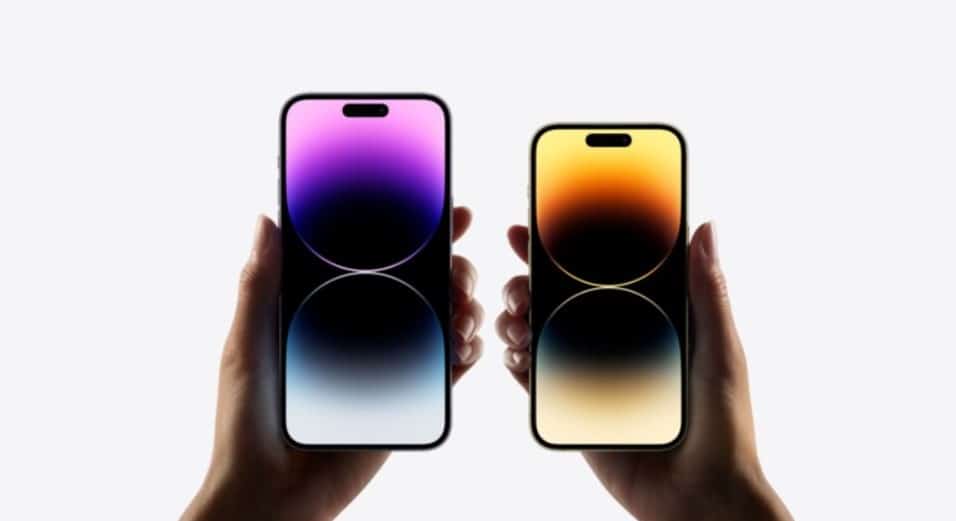Highlights
- Micro Lens Arrays (MLAs) proposed by Samsung and LG could revolutionize iPhone 16’s display.
- MLA technology offers a trade-off between improved brightness and extended battery life.
- The focused light path of MLAs limits the device’s effective viewing angle.
- Apple is weighing the technology’s merits and drawbacks before making a final decision.
Apple’s next big innovation for its iPhone lineup could be in the form of Micro Lens Arrays (MLAs) in its displays.
According to a report, Apple’s major display suppliers, Samsung and LG, are proposing this technology for the upcoming iPhone 16. The technology offers significant benefits but comes with a downside: a limited effective viewing angle.
What Are Micro Lens Arrays?
MLAs are a layer of microscopically small lenses placed atop an OLED screen, designed to focus emitted light. This technology is not entirely new; it is already used in televisions, monitors, and even the Galaxy S22 Ultra by Samsung. But what does it mean for iPhone users?
The Bright Side: Improved Brightness or Battery Life
One of the most intriguing benefits of MLAs is the potential impact on screen brightness and battery life.
With this technology, the iPhone 16 could either maintain its current maximum brightness while consuming less power or increase the screen brightness without consuming additional power. The impact? Improved visibility in bright conditions and potentially extended battery life.

Reduced Viewing Angle: The Trade-Off
While the prospect of increased brightness or better battery life sounds great, MLAs come with a compromise.
The more focused light path narrows down the acceptable viewing angles of the display. Although this might not be a significant issue for single users, it could pose challenges in scenarios where multiple viewers are involved.
A Matter of Standards: Apple’s Dilemma
The ball is now in Apple’s court. Both Samsung and LG have reportedly pitched the use of MLAs for the iPhone 16. However, Apple is waiting to evaluate if these proposals meet their stringent display standards, considering both the pros and cons of this technology.
The future?
Micro Lens Arrays promise a potential revolution in smartphone display technology. For the iPhone 16, the adoption of MLAs could bring notable advancements in brightness and battery life, making it an intriguing possibility for consumers.
However, the technology is not without its downsides, as it could limit the viewing angles for the device.
FAQs
-
What are Micro Lens Arrays (MLAs)?
MLAs are microscopic lenses placed on top of an OLED screen to focus emitted light, which can either improve screen brightness or extend battery life.
-
What benefits could MLAs bring to iPhone 16?
The use of MLAs could allow the iPhone 16 to achieve higher brightness levels without consuming extra power, or maintain current brightness levels while extending battery life.
-
What is the downside of using MLAs in displays?
The technology narrows down the effective viewing angles of the display, which may not be ideal for shared viewing experiences but is less of an issue for individual users.
-
Has Apple confirmed the use of MLAs in the iPhone 16?
As of now, Apple has not confirmed the use of MLAs. It’s reported that the company is evaluating whether the technology meets its stringent display standards.
